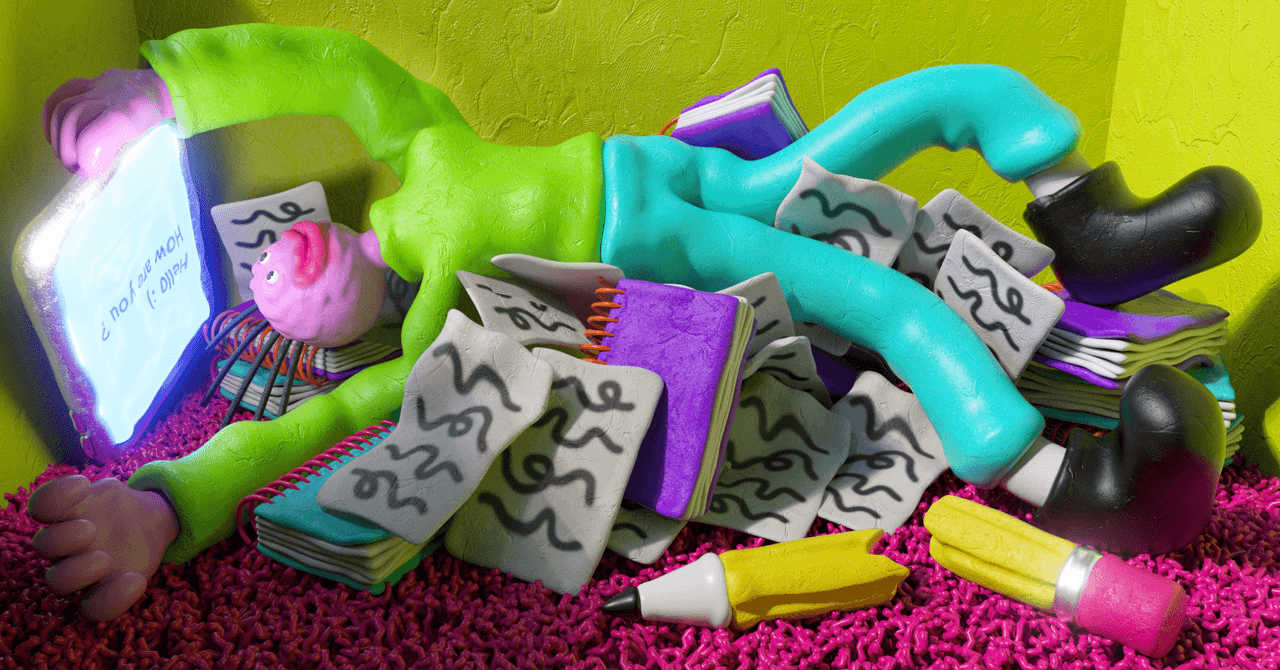Handwriting: The Unintended Beneficiary of AI?
It was a small thing, but I distinctly remember at Teach for America training, known colloquially as "Institute," before a large session was to begin, a pair of speakers made a quick announcement: They had found a notebook — had anybody lost one?
You know the style: It was thin and softcover, a Moleskine Cahier in Kraft Brown. At some point, I'd drawn the outline of Mississippi and blackened it in. That was part of the way they I.D.'d it for us: "It's got the outline of Mississippi drawn on it."
But they didn't stop there. They flipped open the notebook, probably looking for a name (which I hadn't written in it), and said, "It's got some nice handwriting in it." The other seconded this point: "Some real nice handwriting."
I went and retrieved my notebook, since I'd heard the bit about Mississippi on the cover and realized my notebook was nowhere to be found. I didn't think of my handwriting as particularly nice but rather serviceable: small, compact, pretty uniform, and clearly legible.
But I'd always wanted nice handwriting, and I was never satisfied with the sight of my own, always seeing something in others' notebooks that made me wish I could do it just so. The explosion of notebook-and-writing content on Youtube only reinforced this, but I love to see reviews of new pens or new journals, new ways to set up journals and planners, and all sorts of related content.
It's with that background that I came to this article in WIRED:

It chronicles the decline of handwriting, which is nothing new. It's been declining since I was a kid, and that was forever ago.
But what's interesting is a possible resurgence due to that pesky little helper known as AI. In this easily manipulated digital reality we now inhabit, the old ways may be the safest and most secure ways to ensure that students are doing the work, actually thinking the thoughts they claim as their own. And as a result, it's just possible that handwriting makes its comeback. Funny how things work out.

Comments